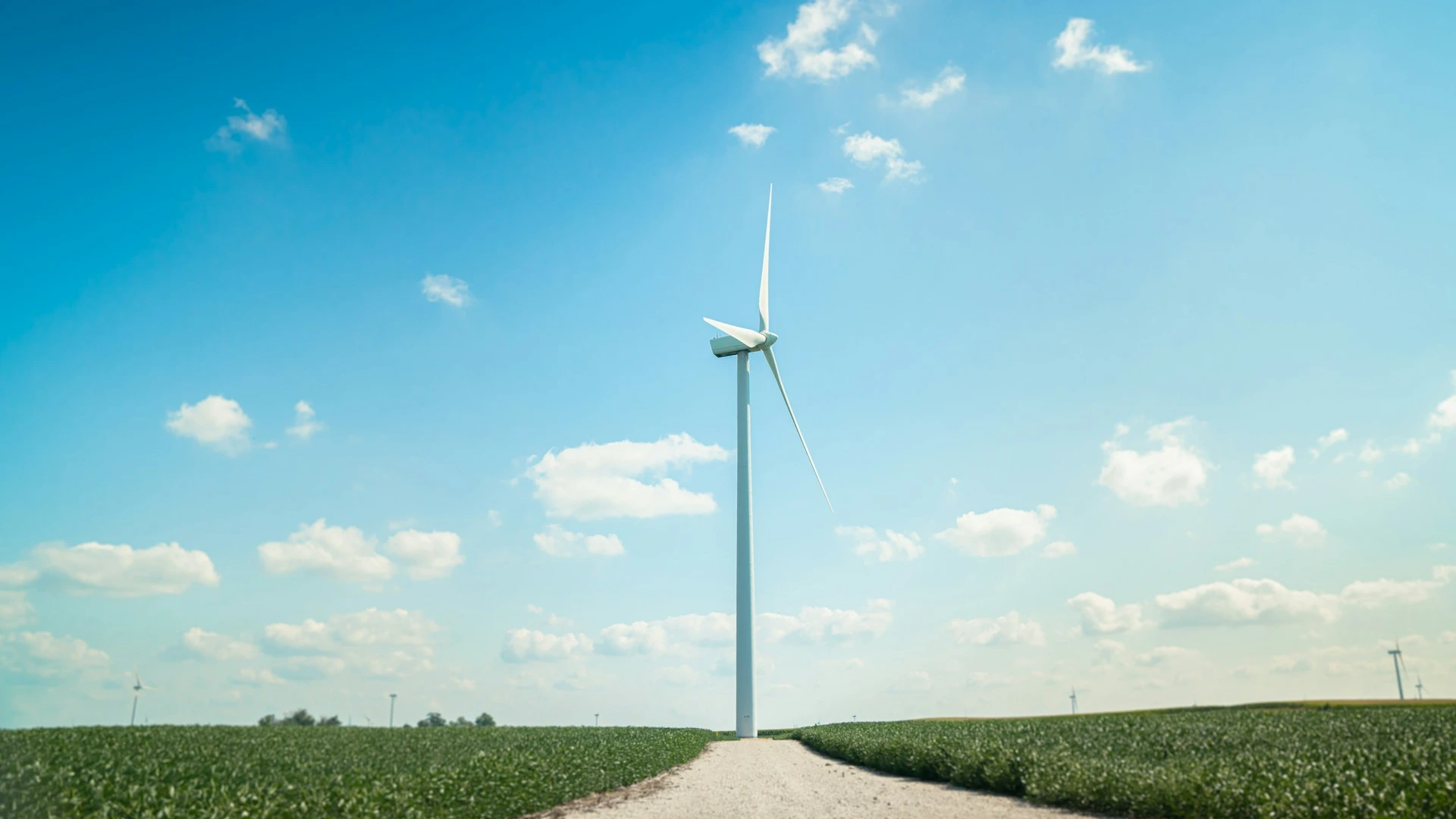GET IN TOUCH
- Please wait...

This letter was originally sent to LightCastle Bimonthly Newsletter subscribers.
Bangladesh’s economic transformation has been powered by the growth and development of multiple sectors. Manufacturing, in particular, has played a pivotal role in generating employment and driving export earnings.
Over the last three decades, the economy has shifted from a primary-sector focus to stronger contributions from the secondary and tertiary sectors. This shift has been accompanied by rapid urbanization currently at 41% (World Bank) and projected to reach 50% by 2030.
Looking ahead, Bangladesh’s economy is expected to continue growing at a rapid pace over the next decade, propelled by strong export performance and rising domestic demand. To sustain this growth trajectory, access to stable, sustainable energy sources and long-term strategic investments in the energy ecosystem will be indispensable.
Historically, rural electrification was limited, with only 55% of the population having access to electricity in 2010. Today, that figure stands at 99.4%, and peak demand has reached 16,477 MW. Bangladesh’s installed generation capacity now stands at 31,323 MW (includes both off-grid and on-grid sources), dominated by fossil fuels.
Natural gas contributes the largest share at 39.54% (12,384 MW), followed by coal at 22.92% (7,179 MW) and heavy fuel oil (HFO) at 18.79% (5,885 MW). Other notable sources include electricity imports at 3.7% (1,160 MW), high-speed diesel (HSD) at 0.93% (290 MW), and renewable at just 5.19% (1624.89 MW).
However, Bangladesh’s domestic natural gas reserves are dwindling. With just 8.82 TCF remaining expected to deplete within a decade unless major new reserves are discovered, the government has become increasingly reliant on imported liquefied natural gas (LNG), coal, and HFO.
The Russia-Ukraine conflict has exposed the vulnerabilities of this strategy, as sanctions and disruptions in the international LNG market have driven up costs and jeopardized our energy security.
In this context, renewable energy has emerged as a critical supplement to fossil fuel–based generation, particularly given the government’s climate commitments. Bangladesh has pledged to cut greenhouse gas emissions by 6.73% unconditionally, and up to 21.85% with international support, by 2030. While Bangladesh accounts for only 0.4% of global emissions, it has demonstrated its resolve to contribute to global climate action.
Yet, renewable energy uptake faces significant hurdles. As a densely populated country, Bangladesh struggles with limited availability and high costs of land for solar parks. Many projects remain stuck in development due to land acquisition challenges. With high upfront costs, innovative financing and land-use models are required to accelerate renewable deployment.
Compounding the challenge, Bangladesh is losing nearly 80,000 hectares of agricultural land annually to urbanization and industrialization. Protecting farmland for food production is essential for food security. One promising solution is agrivoltaics, which utilizes agricultural land for both crop cultivation and solar energy generation.
In such systems, crops suited to partial sunlight (e.g., tomato, potato, cotton, tea, garlic, onion, turmeric) are cultivated beneath elevated solar panels. Public-Private Partnerships (PPPs), farmer cooperatives, and scalable agri-solar business models can make agrivoltaics both commercially viable and climate-resilient, while supporting food and energy security.
Effective implementation of agrivoltaics in Bangladesh will require close coordination between key ministries, including the Ministry of Land, the Ministry of Agriculture, and the Ministry of Power, Energy, and Mineral Resources. Such collaboration will be essential to ensure the alignment of land use, agricultural productivity, and renewable energy goals, ultimately safeguarding both food and energy security for the nation.
Financing solar parks will also be crucial. Instruments like green bonds and central bank refinancing schemes can provide partial support, but stronger private sector participation is needed. Corporate Power Purchase Agreements (CPPAs) offer an innovative model.
These long-term contracts between businesses and renewable energy producers enable companies to lock in stable electricity prices for 10–20 years, while reducing their carbon footprint. Export-oriented apparel manufacturers, especially those catering to EU markets, will increasingly need to adopt renewable energy to comply with tightening sustainability standards. The recent CPPA agreement among PRAN-RFL, H&M, and IFC provides a pioneering example of this model in Bangladesh.
The next decade will be decisive in Bangladesh’s journey toward reducing dependence on fossil fuels. To achieve this, we must adopt innovative models, enact enabling policies, incentivize private sector participation, and mobilize affordable financing. These steps will be vital to facilitating a just and sustainable green energy transition.
Our experts can help you solve your unique challenges
Stay up-to-date with our Thought Leadership and Insights